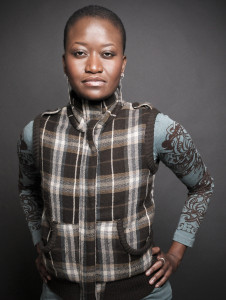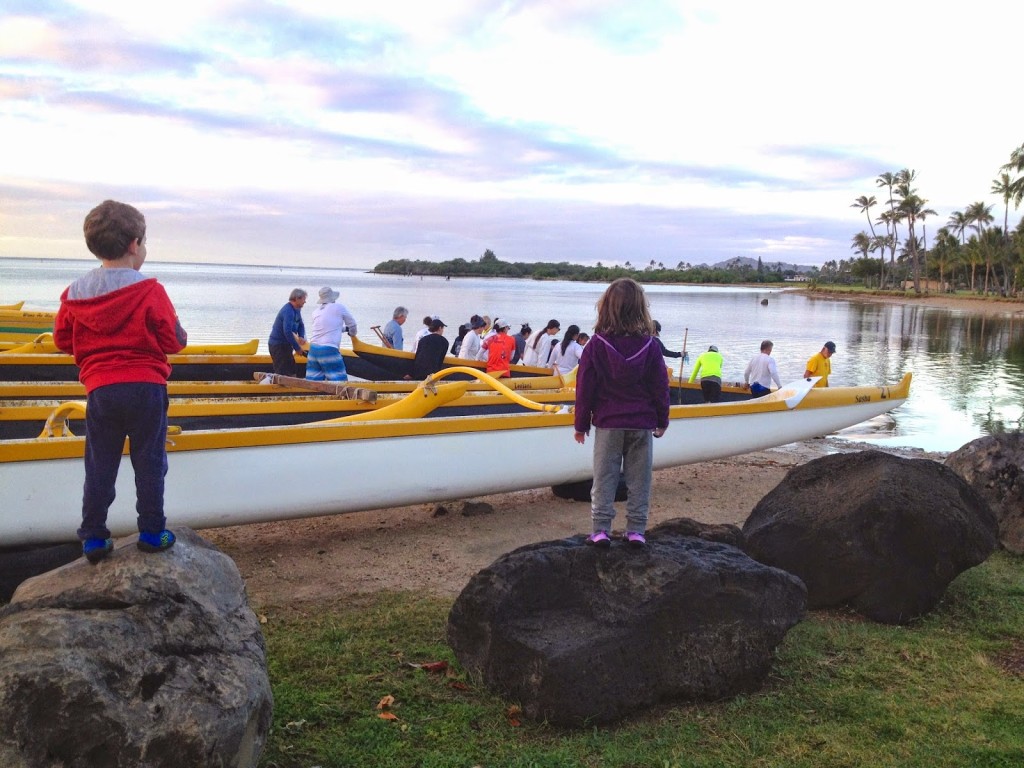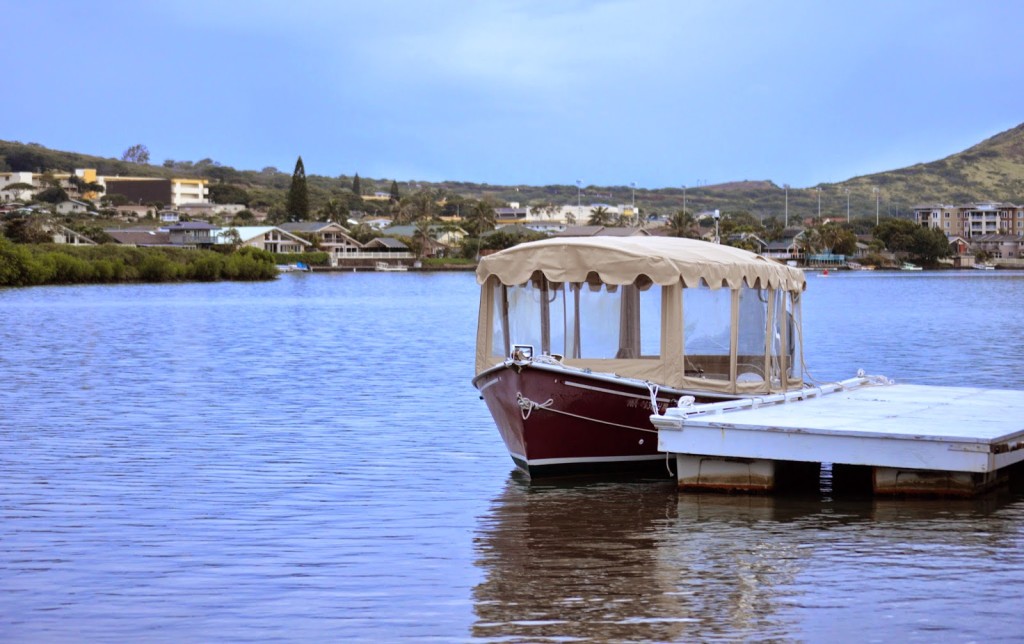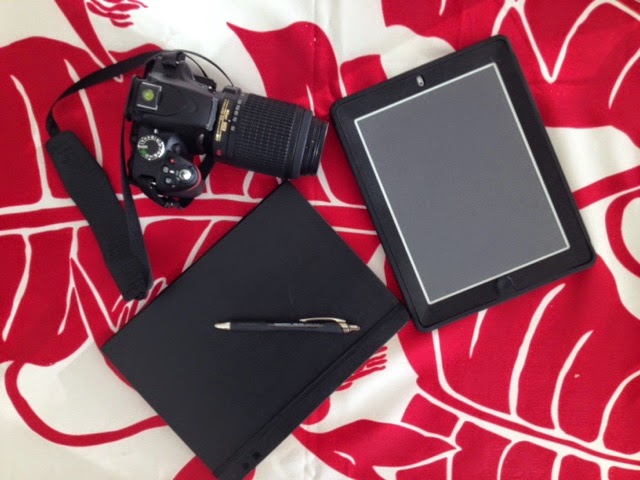I have written before about writing while traveling and keeping a journal while traveling as a way to infuse your writing with sensual energy and filling your creative well. Today’s post features one of my favorite authors, Fiona Zedde. Ms. Zedde recently celebrated the tenth anniversary of her first novel Bliss. I talk about my favorites of her novels in this post .
From her speculative fiction to her contemporary romance, Ms. Zedde never disappoints. Her novels are rich, sensuous and decadent. I live vicariously by following her travel adventures. As she prepares for the release of To Italy with Love and Other Stories, she very graciously took time out of her busy travel schedule to answer some questions about traveling as a writer.
- Have you always had the desire to travel?
Since I was twelve! I got on my first airplane when emigrating from Jamaica, and that’s when I fell in love with traveling. The entire experience captured my imagination and my interest – leaving one culture to immerse myself in another; hovering over the world and looking at it through strange little windows; even the food. I remember they served callaloo on that first Air Jamaica flight. I love food.
- Which comes first, the idea for a story in a certain setting, or choosing a setting and seeing what stories come from the experience?
Usually being in a particular setting will spawn ideas. Either through the things I experience in that place or because the setting itself is very evocative. Like the afternoon when I ended up riding on the back of an ancient motorbike through the medina in Marrakesh.
- Do you typically travel alone, or with other creatives/ writers/friends?
Actually a combination of both. I’ll travel somewhere with a friend and we’ll bum around together for a while then, once they go back home after a week or three, I travel on my own.
- Do you see all travel as research for writing or do you plan trips that are just about visiting family/friends/ relaxing without an agenda?
My official statement for my tax guy is “it’s all research!”
To clarify though, I’m a wanderer. I love seeing new places and experiencing new things. There’s nothing like being plopped down in a completely foreign culture, being disoriented by its unique structures and language then slowly feeling my way to familiarity, swimming back from that deep end. I treasure ways of turning those experiences into fiction.
- What are your top five destinations you have traveled to?
Morocco. Greece. Naples. Paris. Antwerp.
- What one destination do you want to revisit the most?
I feel a little clichéd in saying this, but it’s Paris. Their bakeries are amazing.
What are your top three travel tips for creatives abroad?
- Be open to traveling alone. You tend to meet more people when you’re not cliqued up and sometimes (subconsciously) closed off.
- If possible, experience a place at least twice.
- Make notes in your journal and take photos, of course. But not so much that you aren’t fully experiencing the moment.
Jamaican-born Fiona Zedde currently lives and writes in Atlanta, Georgia. She is the author of several novellas and novels of lesbian love and desire, including the Lambda Literary Award finalists Bliss and Every Dark Desire. Her novel, Dangerous Pleasures, was winner of the About.com Readers’ Choice Award for Best Lesbian Novel or Memoir of 2012. Find out more at www.FionaZedde.com







